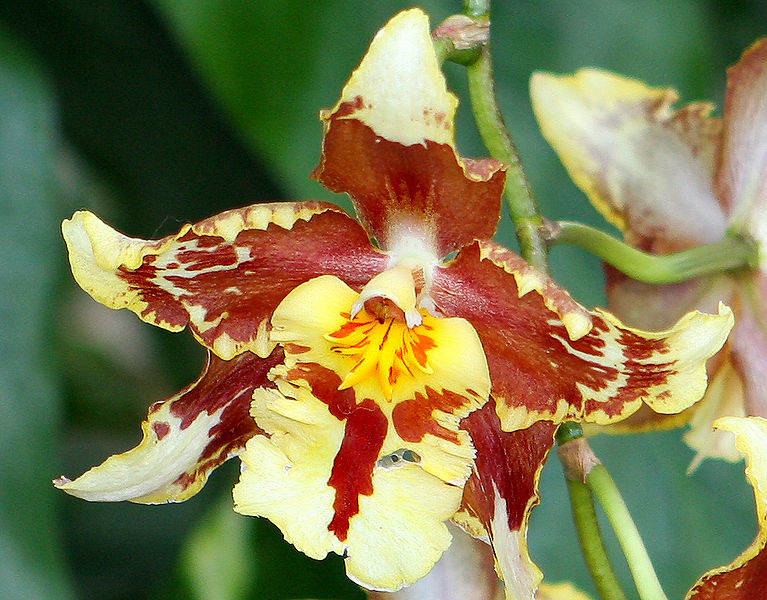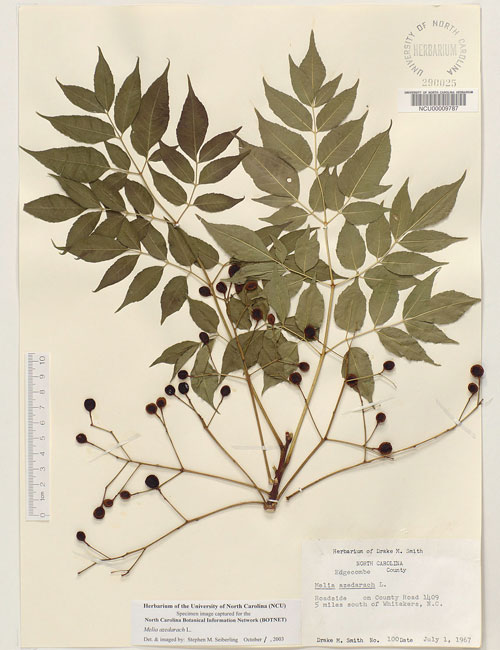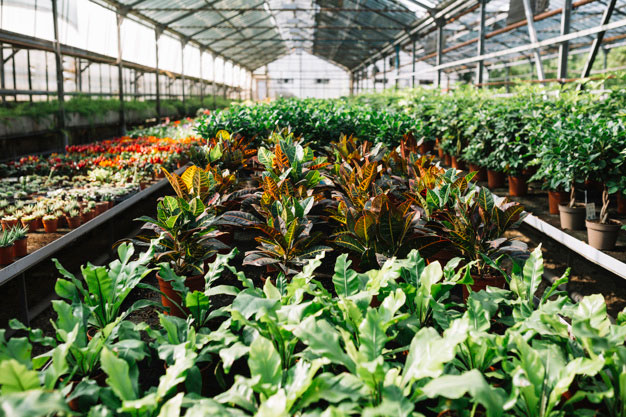Prokaryotic DNA polymerases
Three different prokaryotic DNA polymerases are known, of which DNA polymerases I and II are meant for DNA repair and DNA polymerase IN is meant for actual DNA replication
Migration of Germ Cells
In vertebrates, the actual tissue from which gonads arise appears in early development as a pair of genital ridges, growing into the coelom from the dorsal coelomic lining on each side of the hind-gut near the anterior end of the kidney (mesonephros).
Evolution of Nervous Systems
Bilateral nervous systems, the simplest of which occur in flatworms, represent a distinct increase in complexity over the nerve net of radiate animals.
Distribution of Life on Earth
The biosphere as usually defined is the thin outer layer of the earth capable of supporting life. It is probably best viewed as a global system that includes all life on earth and the physical environments in which living organisms exist and interact.
Ameboid Movement
Ameboid movement is a form of movement especially characteristic of amebas and other unicellular forms; it is also found in many wandering cells of metazoans, such as white blood cells, embryonic mesenchyme, and numerous other mobile cells that move throu
Plant Life Cycle

Among all living organisms, flowers, which are the reproductive structures of angiosperms, are the most varied physically and show the greatest diversity in methods of reproduction of all biological systems.
Types of Mutations
Mutations are heritable changes in the genetic material that give rise to alternative forms of any gene. These alternate forms are called alleles. There are two broad types of mutations, those that affect the gene and those that affect whole chromosomes (
Herbarium

In botany, a herbarium is a collection of preserved plant specimens. These specimens may be whole plants or plant parts: these will usually be in a dried form, mounted on a sheet, but depending upon the material may also be kept in alcohol or other preser
Natural Antioxidants in Foods
To protect food quality and safety, antioxidants are often added to processed foods. These antioxidants can be synthetically derived compounds, such as butylated hydroxytoluene and ethylene diaminetetraacetic acid.
Bioenergetics
An amalgamation of the term biological energetics, is the branch of biology and biochemistry that is concerned with how organisms extract energy from their environment and with how energy is used to fuel the myriad of life?s endergonic processes.
Algae and Men
Microalgae and macroalgae have been utilized by man for hundreds of years as food, fodder, remedies, and fertilizers. Ancient records show that people collected macroalgae for food as long as 500 B.C. in China and one thousand of years later in Europe.
Environmental pathogens
This organism is widespread in the environment, but rare in the flora of healthy individuals. Its carriage increases with hospitalization.
Floriculture
The flower has acquired an unique position in our lives. Floriculture deals with growing or cultivation (large scale) of beautiful flowering plants.
The nature of horticulture

Horticulture may be described as the practice of growing plants in a relatively intensive manner. This contrasts with agriculture, which, in most Western European countries, relies on a high level of machinery use over an extensive area of land
Chlorobacteria
The Chloroflexi (Chlorobacteria) are a class of bacteria that produce energy through photosynthesis. They make up the bulk of the filamentous anoxygenic phototrophs
Structural bioinformatics
Structural bioinformatics is concerned with computational approaches to predict and analyse the spatial structure of proteins and nucleic acids.




